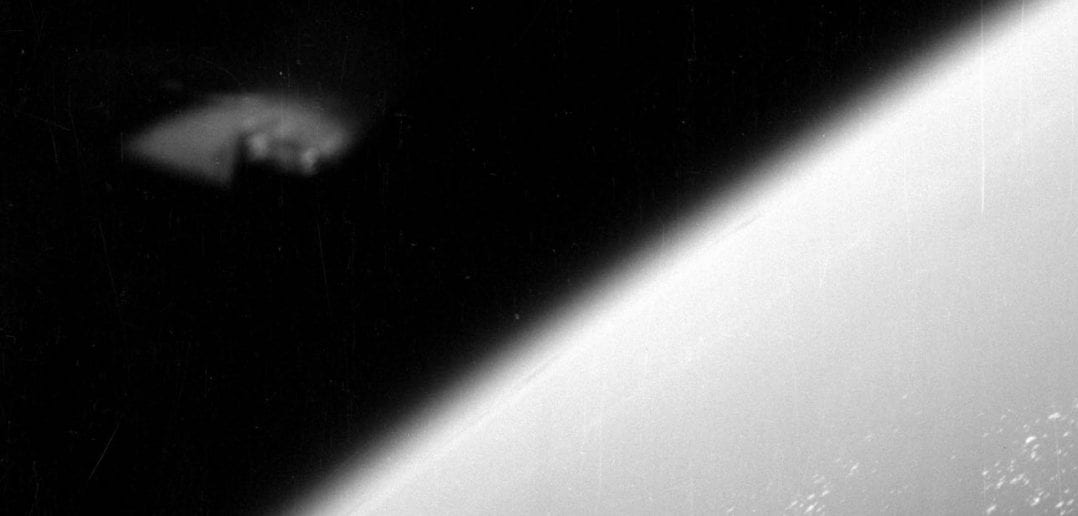
Case File Status: Unidentified
Originally Published: April 30, 2015. Updated June 7, 2020
Case File Summary
What are we looking at?: This is a photo taken by the Mercury Redstone 1A Mission launched on December 19, 1960.
Out of the 420 photos archived in ASU’s collection, there are multiple photos that capture, what appears to be, an unknown object, or possibly a craft, that shouldn’t be there.
In 1960, there wasn’t much in space, so what could this mysterious object be?
Photo #MR-1A-9186-266 – This appears to be the first photo of the object, and it appears towards the lower left side of the frame.
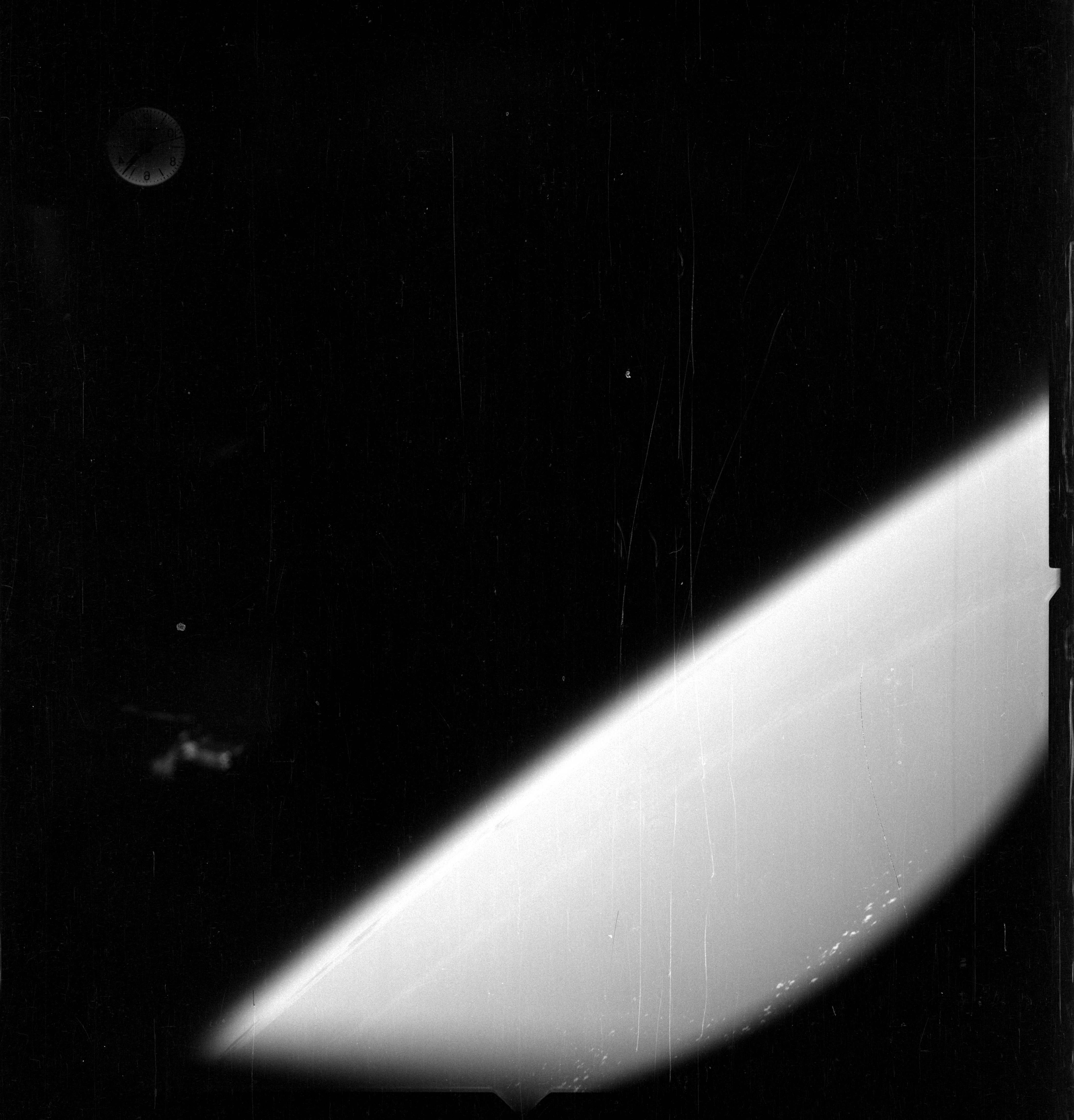
Photo #MR-1A-9186-267 – Nothing anomalous appears to be in this frame, but it is included for research.
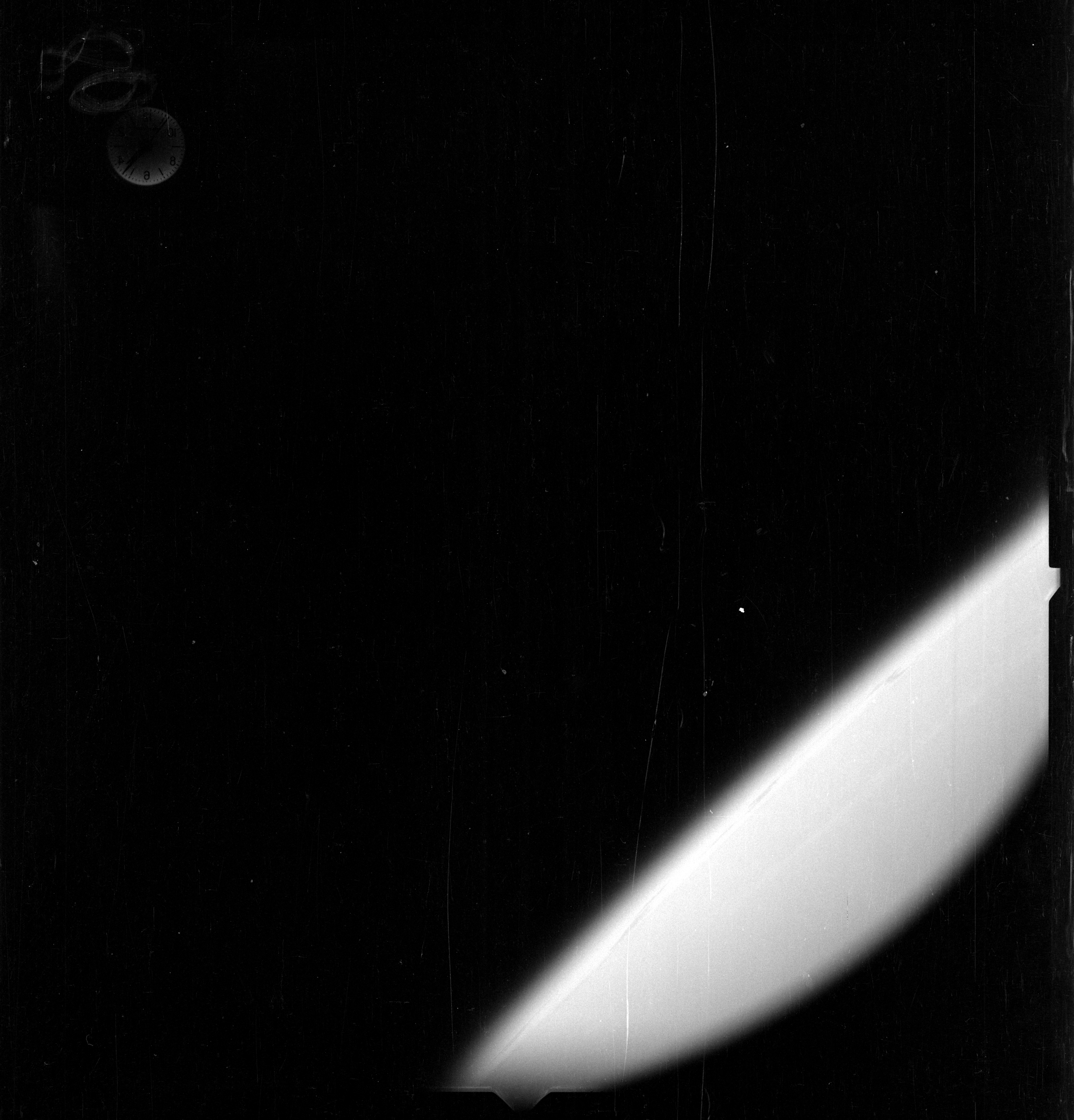
Photo #MR-1A-9186-268 – Here, what appears to be an object, appears towards the top left. Although not significant, when coupled with the next frame, it seems like the object is flying towards the Mercury-Redstone spacecraft. Illusion?
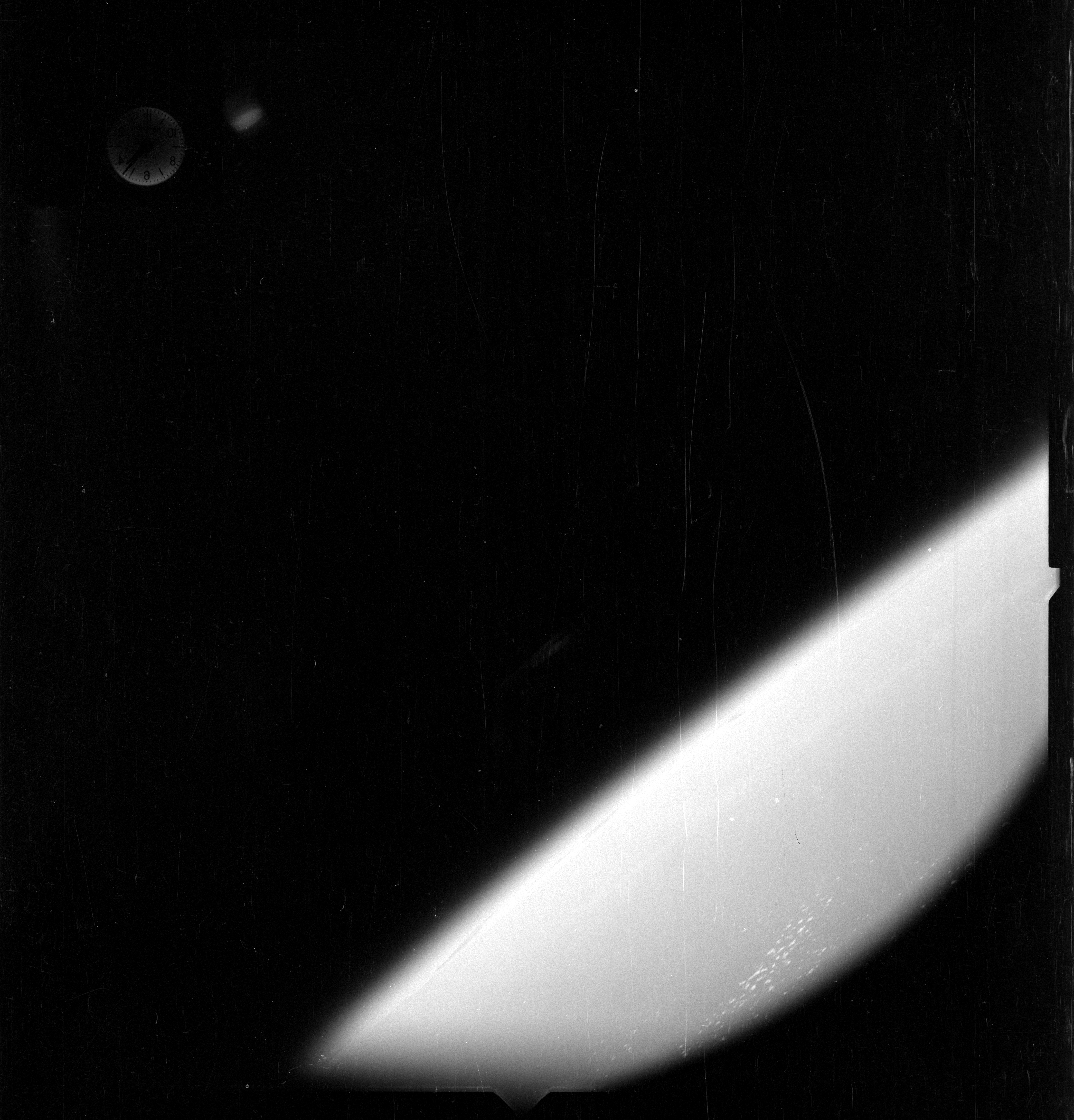
Photo #MR-1A-9186-269 – Here is the most important, and clearest frame. The object now appears again towards the lower left side of the frame.
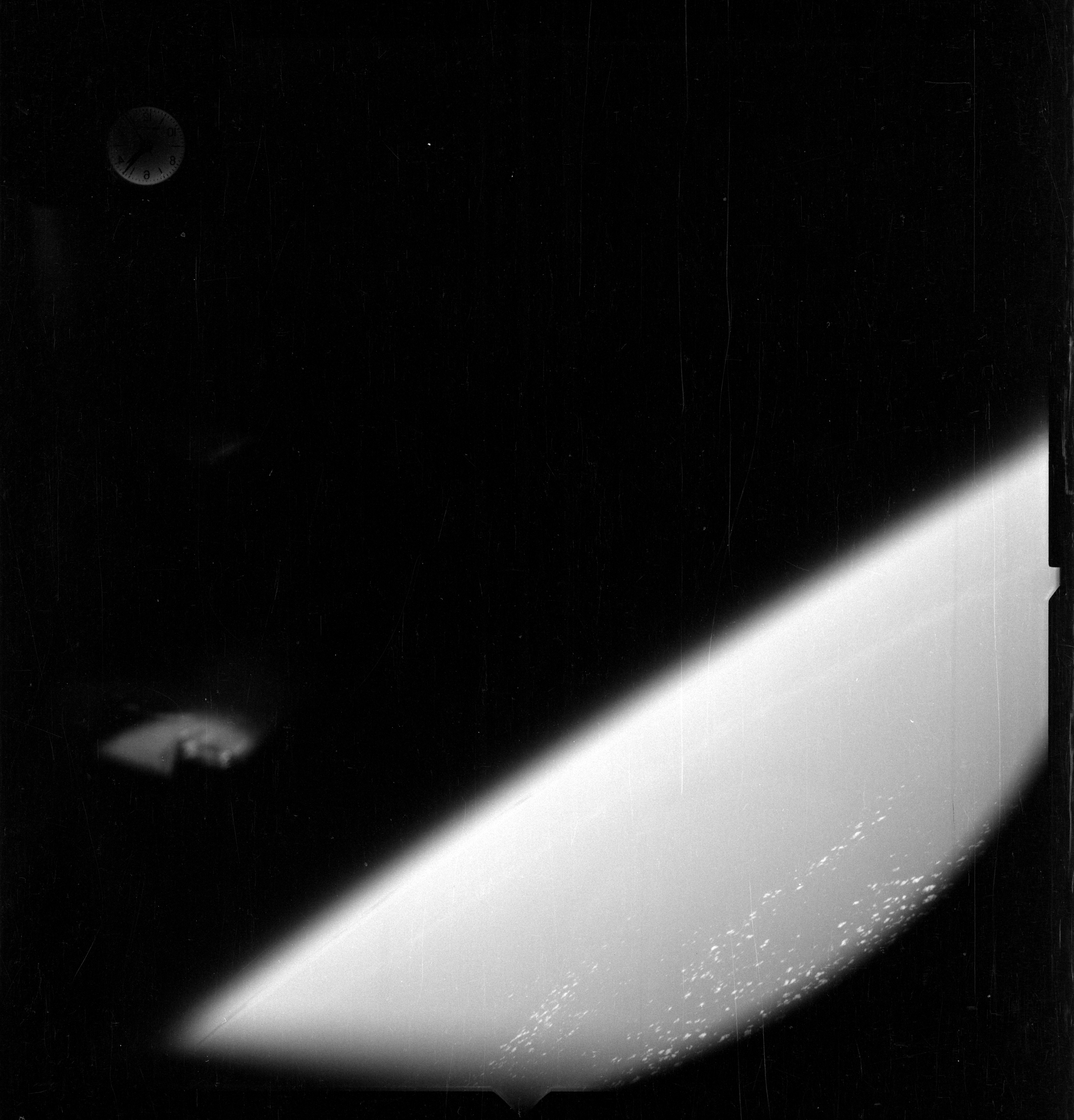
The Analysis
After posting this case file, I received a lot of feedback. Those skeptical on the case proposed that it was a reflection of something inside the craft. So, I did a bit of analysis to see if that theory holds water.
I used 2 photos from the string above. Photo #MR-1A-9186-266 (B&W) and also Photo #MR-1A-9186-269 (Red Tint). I feel that you can discount this theory of a reflection, due to the fact the “reflection” does not appear in 2 of the photos in between these two frames in or near the spot, and also the theory ignores Photo #MR-1A-9186-268 which may show the object much farther in the background.
But, for sake of argument, we will dismiss those photos and deal with the two argued as a reflection. I used, what I believe, is the only constant (non-moving) object in the frame of photos – the reflection of the mission clock. The spacecraft is moving, so therefore, objects on the outside of the spacecraft would be moving their position in the frame as well. Matching the clock on the photos, would show what was constant inside the craft as it would appear in the same exact position, and what was ‘moving’ outside the craft therefore being in different positions as the spacecraft moved.
Here is the analysis (you can click on the photo for higher resolution):
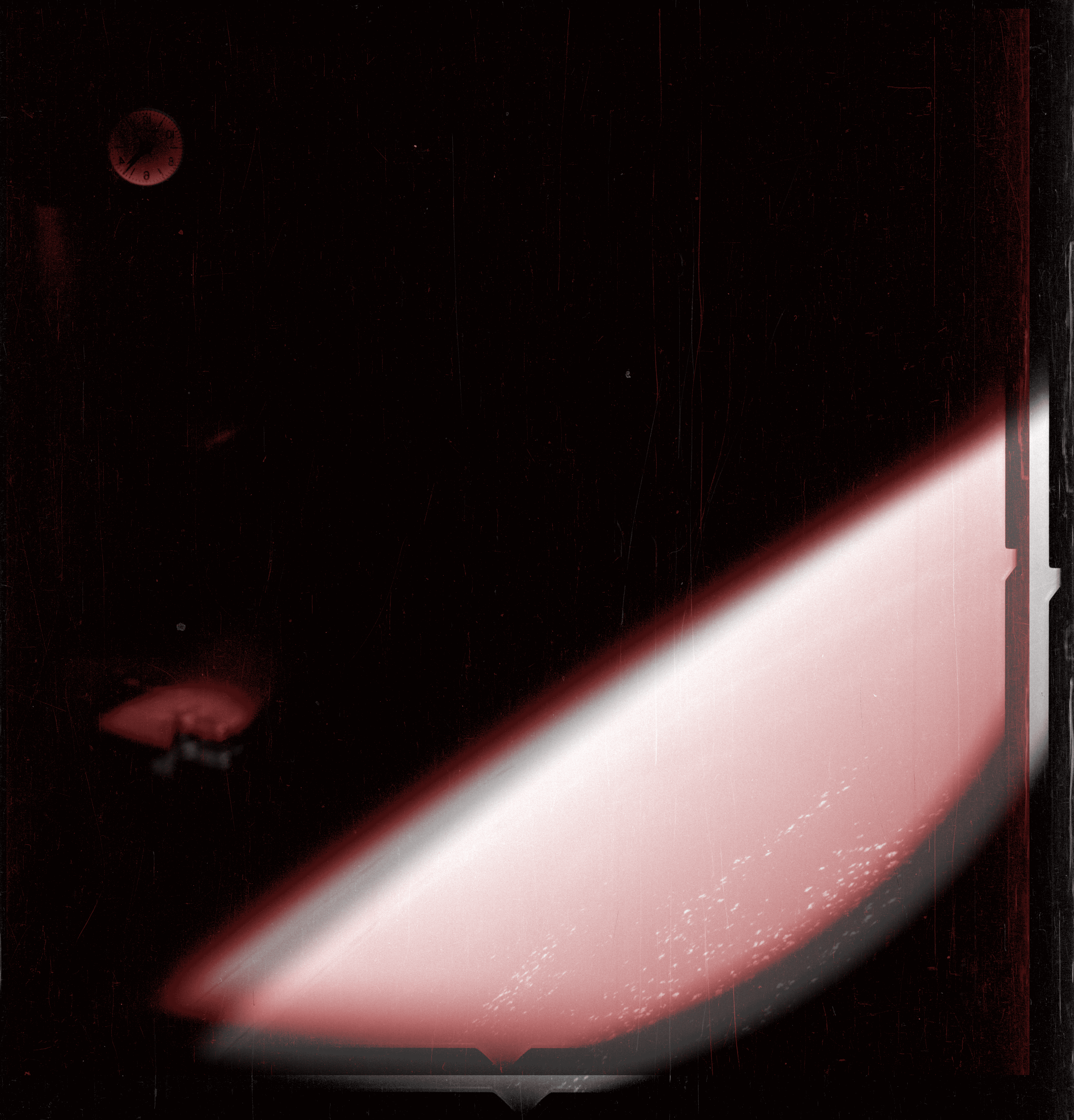
This is an overlay of both photographs (skipping the other photos taken sequentially, where the object did not exist thus possibly ruling out a reflection) and showing the object may be in different positions. This may prove the object may not be a reflection of something inside the craft, as proposed by some skeptical of these photos. Click on the photo for higher resolution.
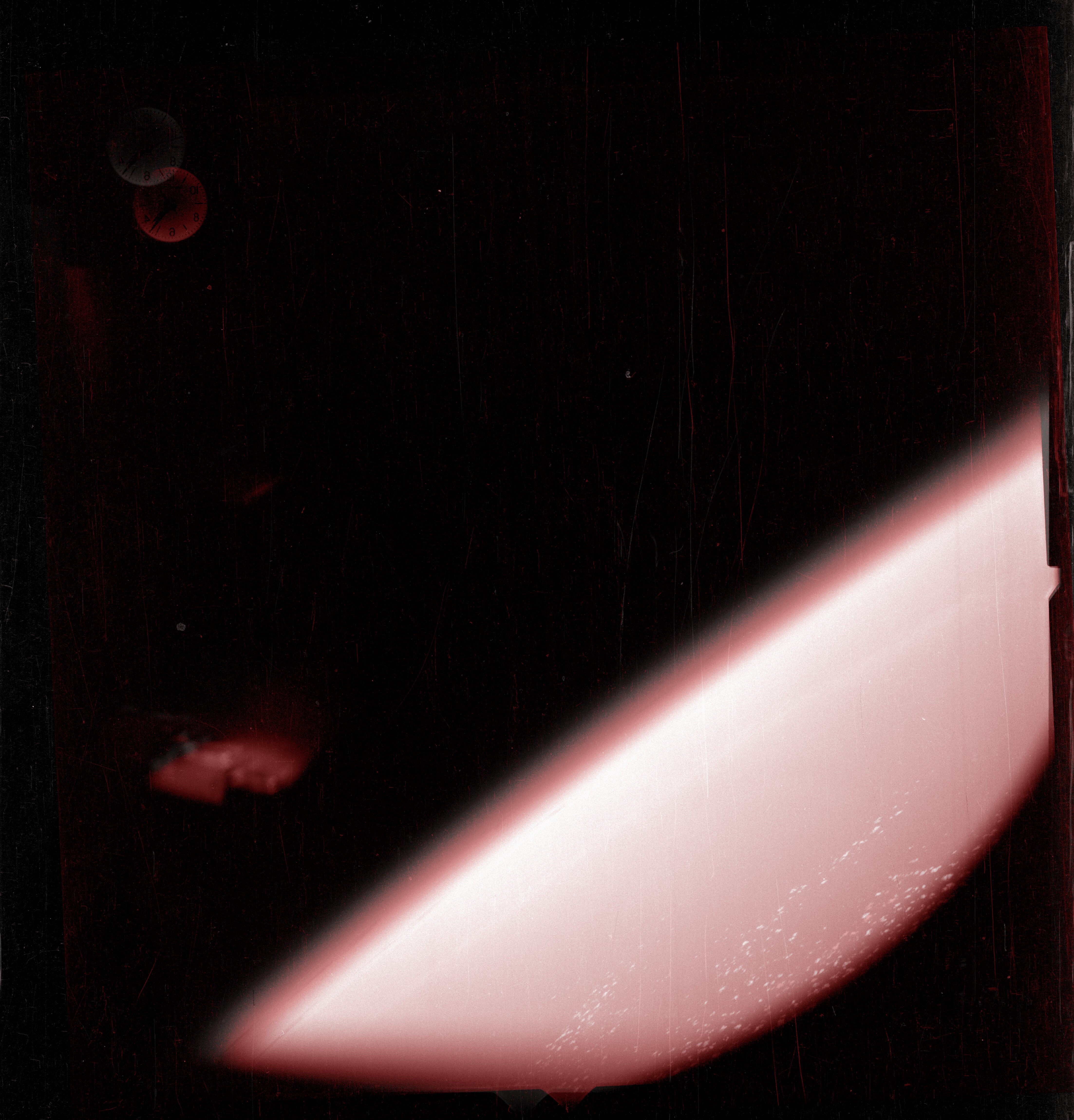
By matching up the clock on the top left, you can see the “object” in question appears to be in a different position, therefore potentially ruling out it’s a reflection inside the craft of an object. If it was a reflection, once the clocks were lined up, the “reflection” would also be on top of each other.
About the Mission: Mercury-Redstone 1A (MR-1A) was launched on December 19, 1960 from LC-5 at Cape Canaveral, Florida.
The mission objectives of this unmanned suborbital flight were to qualify the spacecraft for space flight and qualify the system for an upcoming primate suborbital flight. The spacecraft tested its instrumentation, posigrade rockets, retro rockets and recovery system.
The mission was completely successful. The Mercury capsule reached an altitude of 130 miles (210 km) and a range of 235 miles (378 km).
The launch vehicle reached a slightly higher velocity than expected – 4,909 miles per hour (7,900 km/h).
The Mercury spacecraft was recovered from the Atlantic Ocean by recovery helicopters about 15 minutes after landing. Serial numbers: Mercury Spacecraft # 2 together with the escape tower from Capsule # 8, and the antenna fairing from Capsule # 10 were reflown on MR-1A.
Redstone MRLV-3 was used.
Flight time 15 minutes 45 seconds.
NASA’s Original Source: Lyndon B. Johnson Space Center and the archive housed by Arizona State University. A direct link to the photo can be found here: http://tothemoon.ser.asu.edu/gallery/mercury/1#MR-1A-9186-269
STS-75 Comparison
Although not much can be concluded from this, it should be noted. This is not proposed to be an exact match, however, multiple UFOs were seen on Space Shuttle mission STS-75. This is known as the “Tether Incident,” and the objects do have a similarity.
Objects of circular shape were also seen on STS-75, many with a notch of some kind out of the object itself. Again, not an exact match, but the similarity is interesting enough to be noted.
STS-75 and Mercury-Redstone 1A were separated by 36 years on their mission clocks. Keep in mind also with the below, the objects were shot with different camera and technology that was separated by decades.
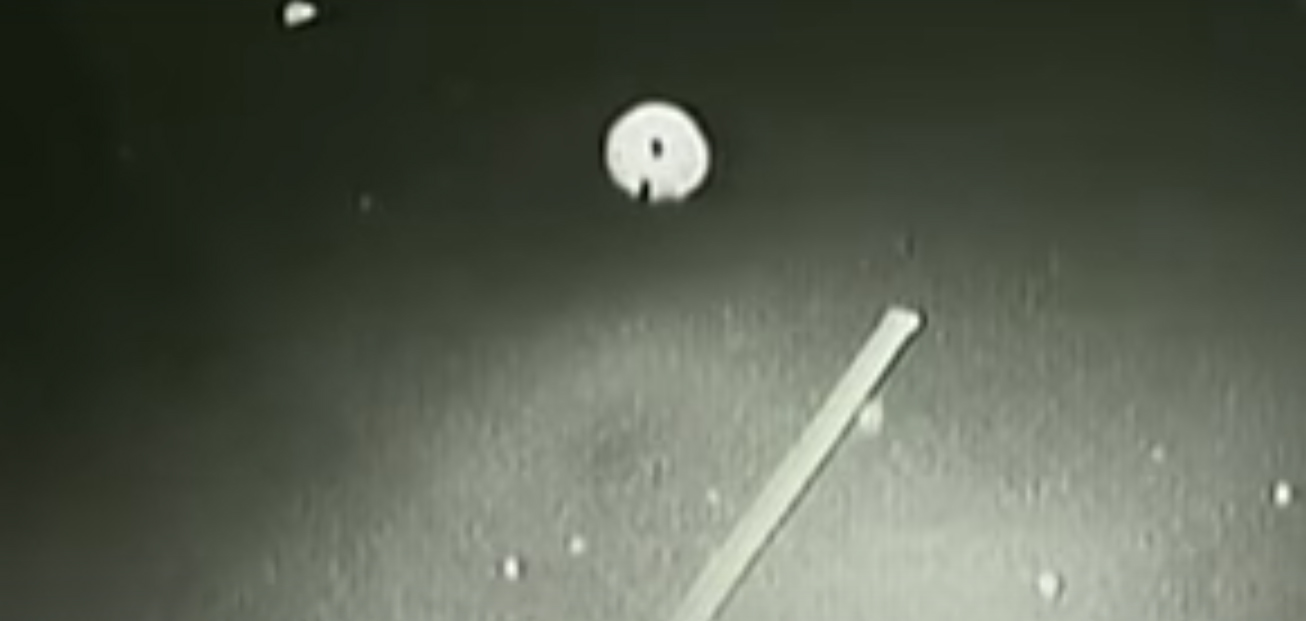
STS-75
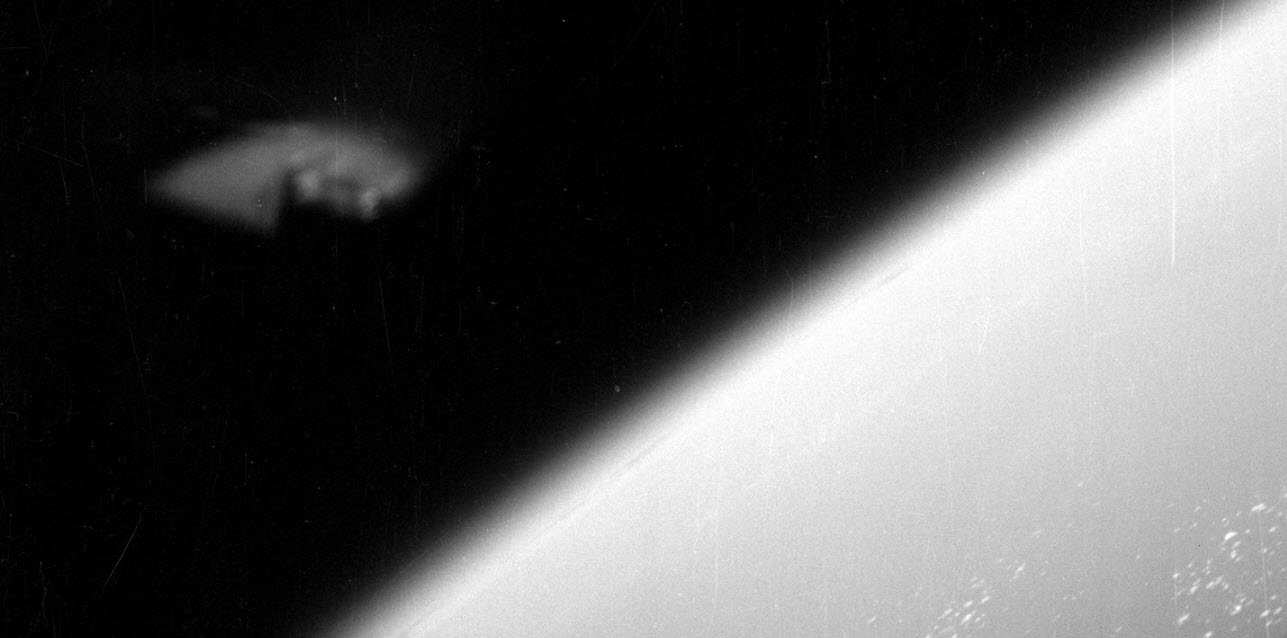
Mercury-Redstone
Possible Explanation?
After posting this case file, The Black Vault received quite a bit of feedback. However, one stuck out as a well thought out, and sourced, explanation for what this could be. Special thanks to Jon Hunter for taking the time to write in:
Hello,
I just found your site, and I enjoy the extra level of analysis applied to these kind of stories, but I think key points in the story about Mercury photographs were missed.
While there certainly not many objects to be seen in space in November 1960, there were three objects that were right along the capsule’s flight path: the single-stage Redstone rocket that rode all the way up to space, the abort escape tower, and the retro rocket pack.
The reflected mission clock in the pictures gives the information we need to decide if either of these objects could be captured by a camera in the window. According to the Wikipedia article for Mercury 1A, the launch occurred at 16:15 UTC and the capsule landed at 16:30. This fits with the clock: it’s apparently 4:23 when the pictures were taken, or about 8 minutes into the mission. By this point the craft had already rotated 180 degrees away from its forward path, to point the heat shield and retro rockets forward. The nose was angled down 34 degrees. Look at the placement of the window on the sloped surface of the capsule: rotated 34 degrees down, that window would be facing back along the path of the flight, right in the direction the Redstone booster should be.
When the capsule separated from the rocket at T+2:24 minutes, it gained 4.6 m/s of velocity over the rocket, but at T+5:15 minutes the retro rockets provided -168 m/s of total change in velocity, allowing the booster to “catch up,” though on different arcs.
I think the final piece of the puzzle occurred at T+7:15 minutes. The craft detected atmospheric reentry and began a 10 degrees/sec roll for stability. That explains the shifting view of Earth in the window and why the object outside disappears from view between 266 and 268. Then in 269 it is in frame again, flaring. Between 266 and 269 the Redstone booster hit the atmosphere uncontrolled and the visible flare could be hot gases or some other atmospheric effect.
The Redstone booster seems to be the answer that makes the most sense. At 8 minutes into the mission, the window would be facing the area of space the booster would be, right at the time that the booster would be hitting the atmosphere and beginning its uncontrolled and fiery descent. Trying to spot the boosters (like the larger Atlas ones on later missions) was a part of the standard tasks Mercury astronauts tried to complete. It was important for learning about how easily astronauts could orient themselves and targets in space. It was very difficult, but it would have been easier on the short, suborbital flights of Mercury when the capsule rotated 180 degrees just a few minutes into the mission and separation between capsule and booster was relatively small.
I hope this offers a reasonable solution to the mystery, and I’d be interested to know if it makes sense to others.
All the best,
Jon Hunter
Jhon Greenewald
No comments:
Post a Comment
Note: Only a member of this blog may post a comment.